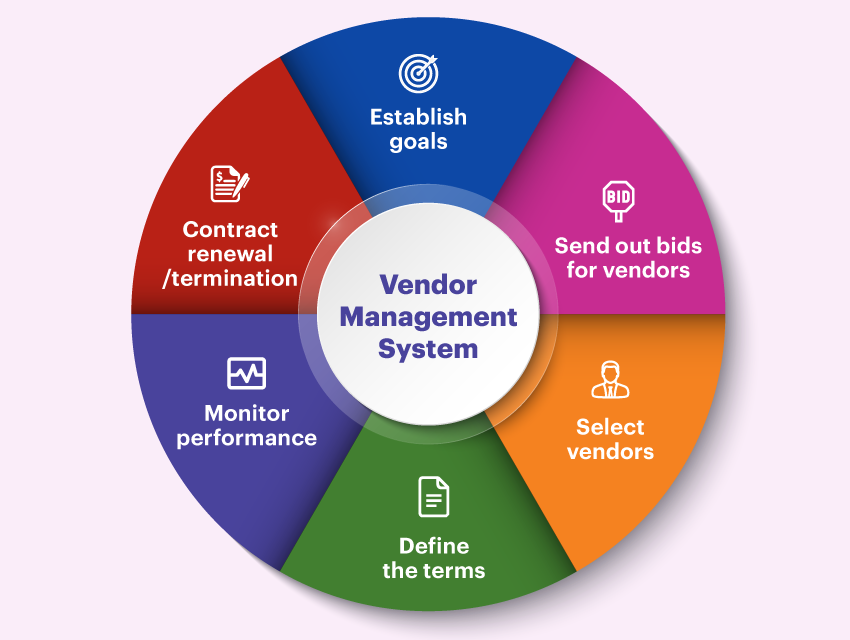Vendor Management Software Market Size, Industry Growth | 2035

The complex process of managing enterprise-wide supplier relationships is being revolutionized by a dynamic and diverse ecosystem of Vendor Management Software Market Companies. This market is not a monolith but is comprised of several distinct categories of players, each addressing the "source-to-pay" lifecycle from a different strategic angle. The first category includes the major enterprise resource planning (ERP) and procurement suite giants, such as SAP (with its Ariba and Fieldglass platforms) and Oracle. These incumbents leverage their deep entrenchment in corporate finance and procurement departments to offer comprehensive, end-to-end solutions that cover everything from supplier sourcing and contract management to invoicing and payment processing. Their competitive advantage is their ability to provide a single, integrated platform that serves as the system of record for all procurement-related activities, offering a holistic view of supplier spend and performance. Their solutions are the backbone of supply chain and finance operations for the world's largest corporations, making them a formidable force in the market.
A second, and highly influential, category consists of the specialized, best-of-breed software providers that focus on a specific component of the vendor management process. This includes companies that are leaders in contract lifecycle management (CLM), such as Icertis and Conga; firms that specialize in third-party risk and performance management, like OneTrust and Coupa (which has expanded to a full suite); and platforms dedicated to managing a specific type of vendor, such as the contingent workforce. The most prominent players in this latter category are the Vendor Management System (VMS) providers, with SAP Fieldglass and Beeline being the clear leaders. These platforms are purpose-built to help large enterprises manage their vast and complex network of temporary staff, contractors, and consulting firms, a multi-billion dollar category of spend that is often poorly managed with traditional procurement tools. The competitive advantage of these specialized players is the depth of their functionality and their domain expertise in a specific area.
A third category includes a new wave of more agile, cloud-native procure-to-pay platforms that have gained significant traction, particularly in the mid-market. Companies like Coupa Business Spend Management have successfully challenged the ERP giants by offering a more user-friendly, intuitive, and faster-to-deploy solution that is beloved by end-users. Their strategy is to focus on the user experience and to make the entire process of sourcing, buying, and paying for goods and services as simple as a consumer e-commerce transaction. This focus on "spend management" from the employee's perspective has been highly disruptive. This dynamic interplay—between the all-encompassing ERP suites, the deep-dive best-of-breed specialists, and the user-centric cloud platforms—creates a vibrant and competitive market that is providing businesses with a powerful new set of tools to optimize their supply chains, mitigate risk, and control corporate spending. The Vendor Management Software Market size is projected to grow to USD 55.17 Billion by 2035, exhibiting a CAGR of 11.18% during the forecast period 2025-2035.
Top Trending Reports -
Industrial Maintenance Management Software Market
- Art
- Causes
- Crafts
- Dance
- Drinks
- Film
- Fitness
- Food
- Games
- Gardening
- Health
- Home
- Literature
- Music
- Networking
- Other
- Party
- Religion
- Shopping
- Sports
- Theater
- Wellness


